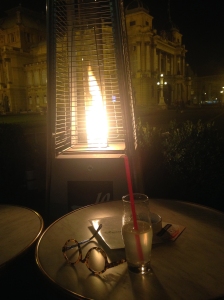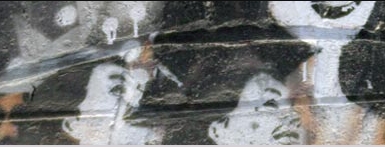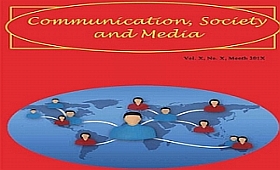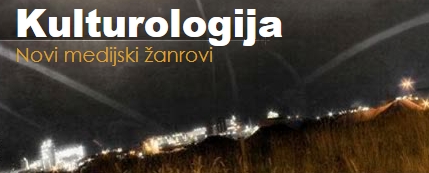The recent exhibition of the Dalmatian painter Botteri Dini in Zagreb Klovićevi dvori (till 6.2.2024.) matches the quality of new controversial book by the world-famous Slovenian philosopher Slavoj Žižek, known in the West as “the most dangerous atheist and leftist”. But we think that Žižek’s preoccupation with Badiou’s concept of “the event” did not solve the process nor performativity in art.
“More than 100 public works by Josip Botteri Dini can be seen all over Croatia and the world, such as the stained-glass windows in the Church of the Holy Cross in Siget in Zagreb or the monumental frieze History of Split in Hotel Zagreb in Split. Monumental stained-glass windows and mosaics adorn the Church of St Leopold Bogdan Mandić in Melbourne, Australia, as do the stained glass, mosaic, and paintings in the Church of Christ the King in Porto D’Ascoli, Italy.
Contemplating the spirit of the times, he created a unique oeuvre within contemporary art, especially in the field of religious art, with recognizable and distinctive artistic interpretations of biblical content. It is precisely in this area that Josip Botteri Dini has a prominent place within domestic and international art.” (Josip Botteri Dini – A retrospective, Klovićevi dvori, Zagreb)
A unique insight of a theological project Christian Atheism, as a new book of worldly famous Slovenian philosopher Slavoj Žižek, brings us the exploration of his religious thinking: “This affirmation of Christian theology whilst simultaneously deconstructing it is familiar Žižekian move, but one that holds deep-seated political, philosophical and, in the end, personal import for him”. Boštjan Nedoh adds: (…) “Žižek makes it clear why Christian atheism is the main concept of every true materialism”. (Bloomsbury Academic)
But we think that Žižek’s preoccupation with Badiou’s concept of “the event” did not solve the process nor performativity in art.
PhD. Vesna Srnic, Media-Via president and editor
MV
Source:
https://gkd.hr/en/exibition/josip-botteri-dini-a-retrospective/









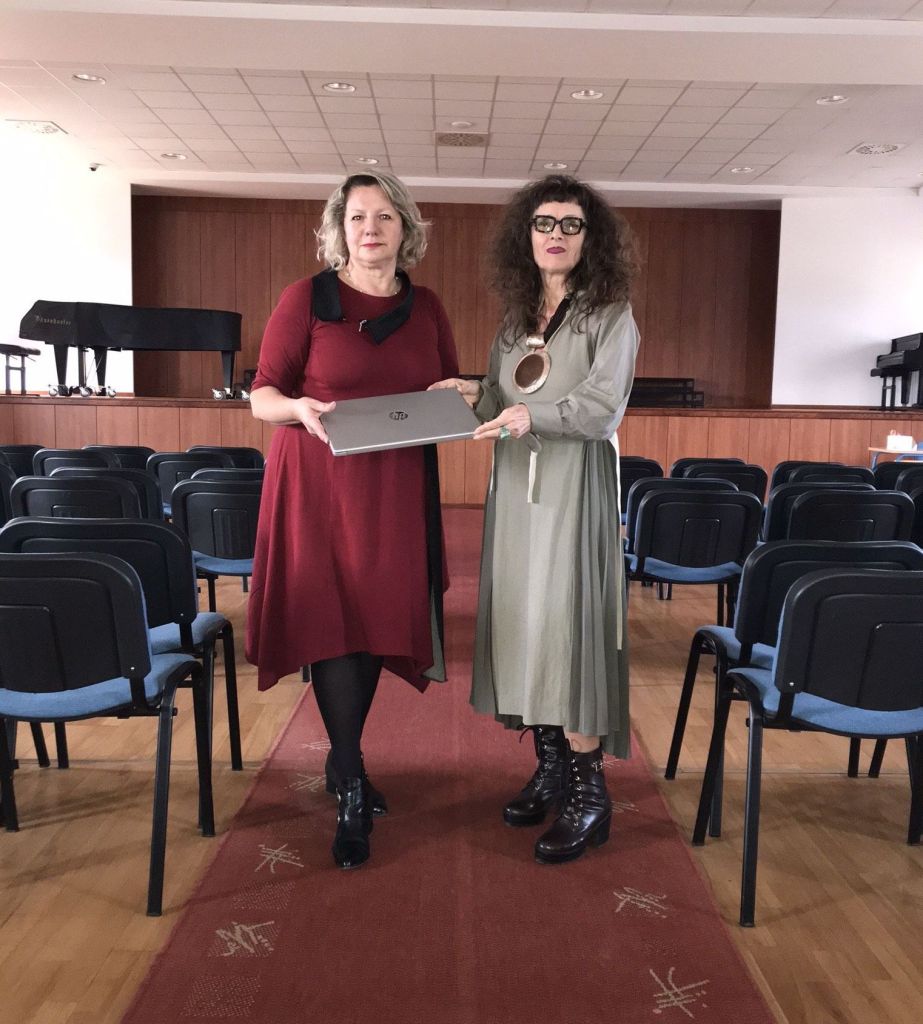
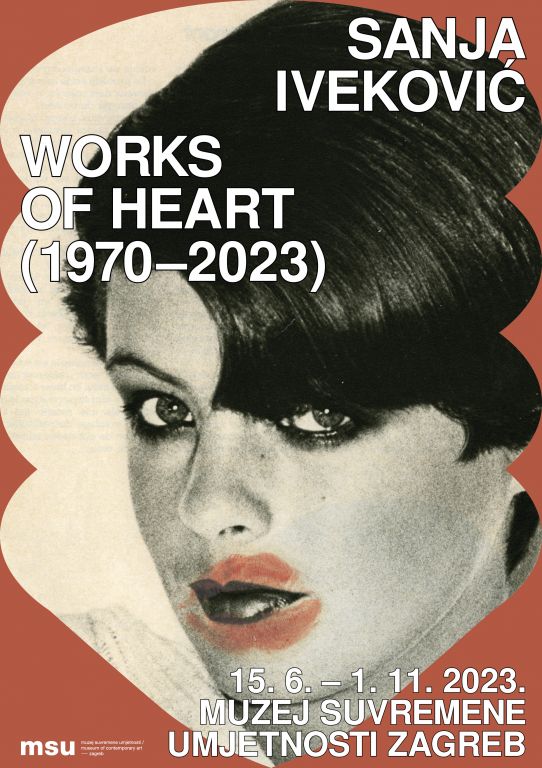









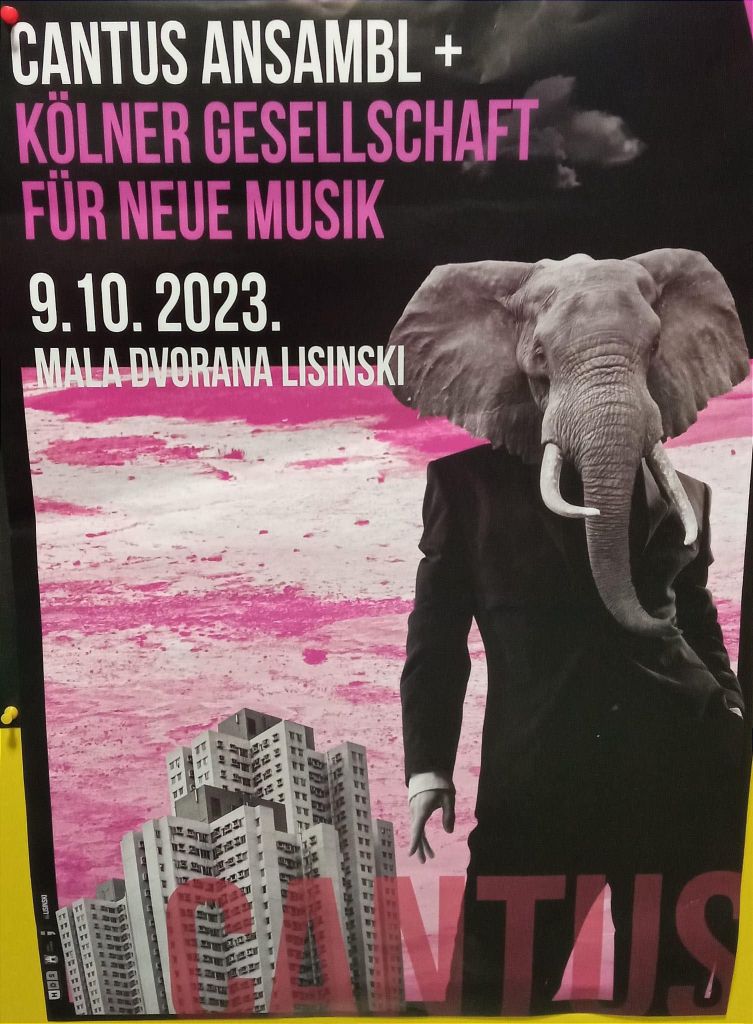
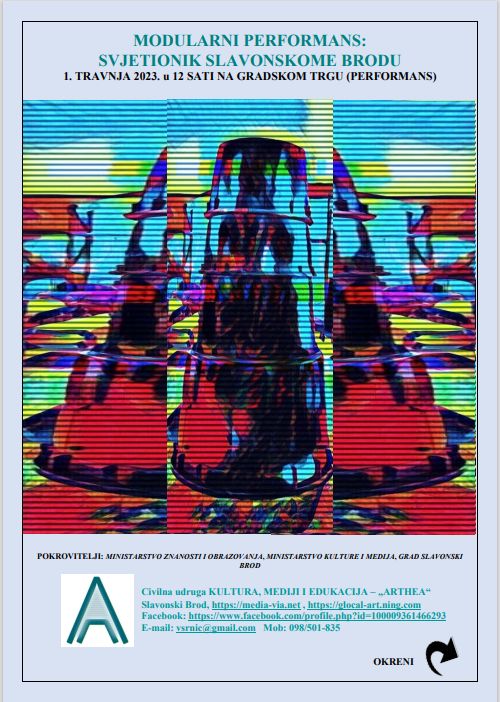
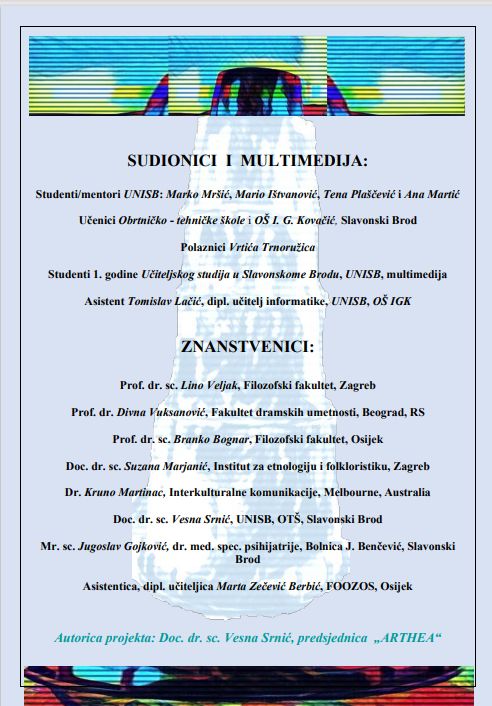
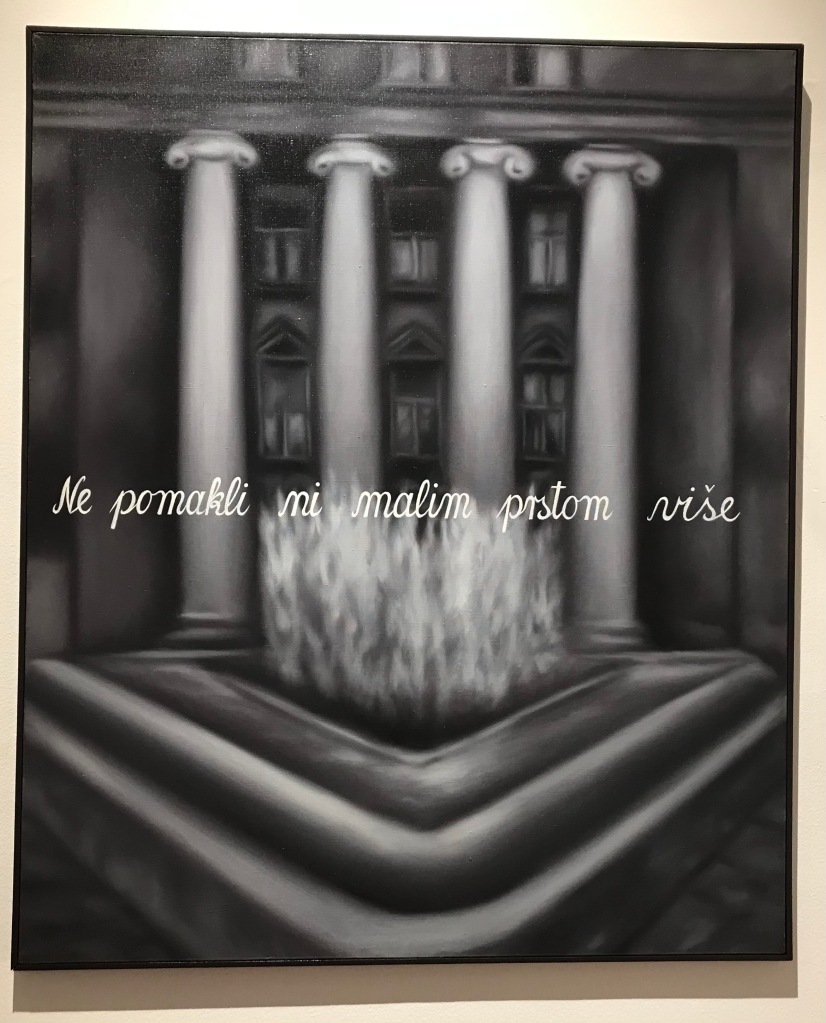

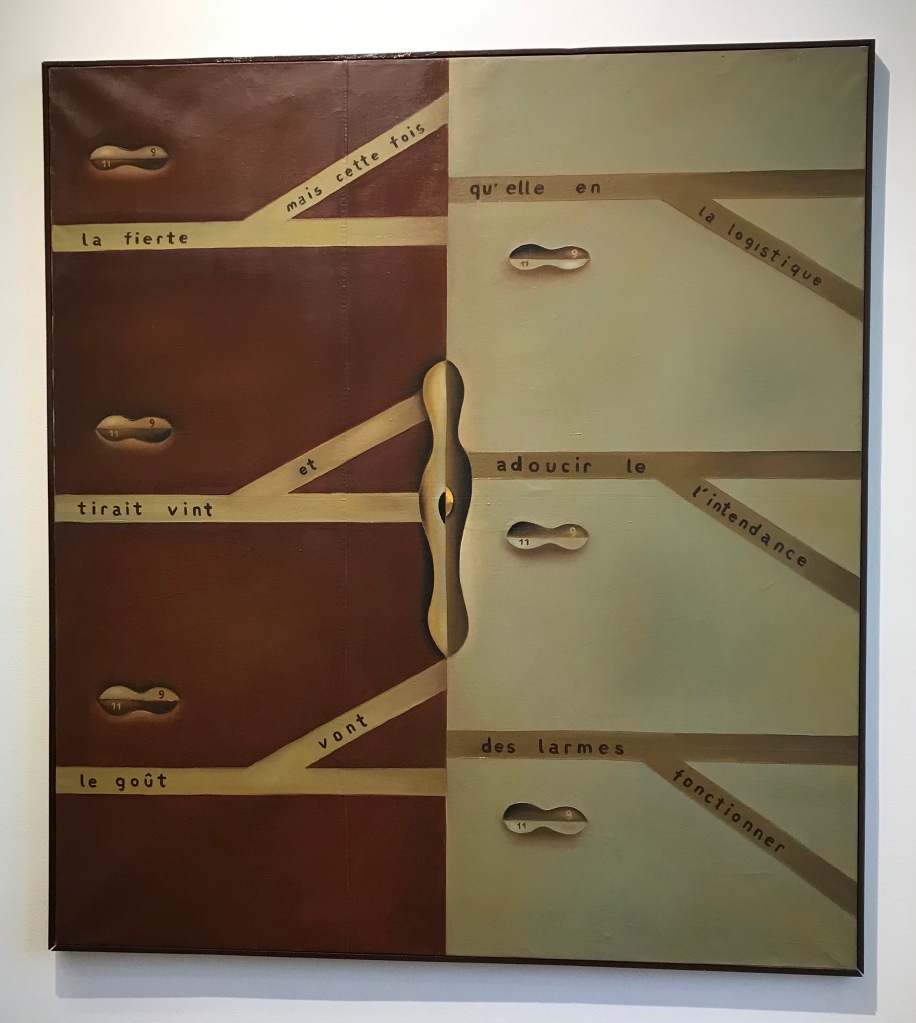
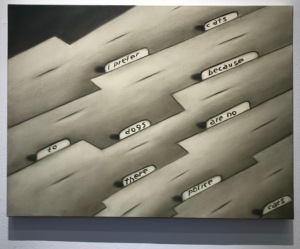
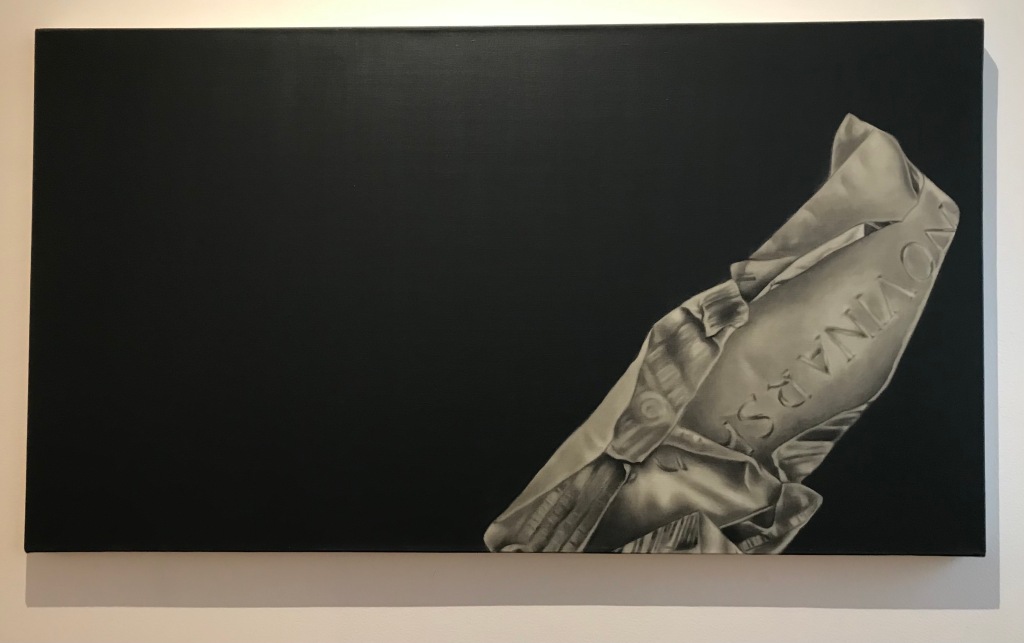
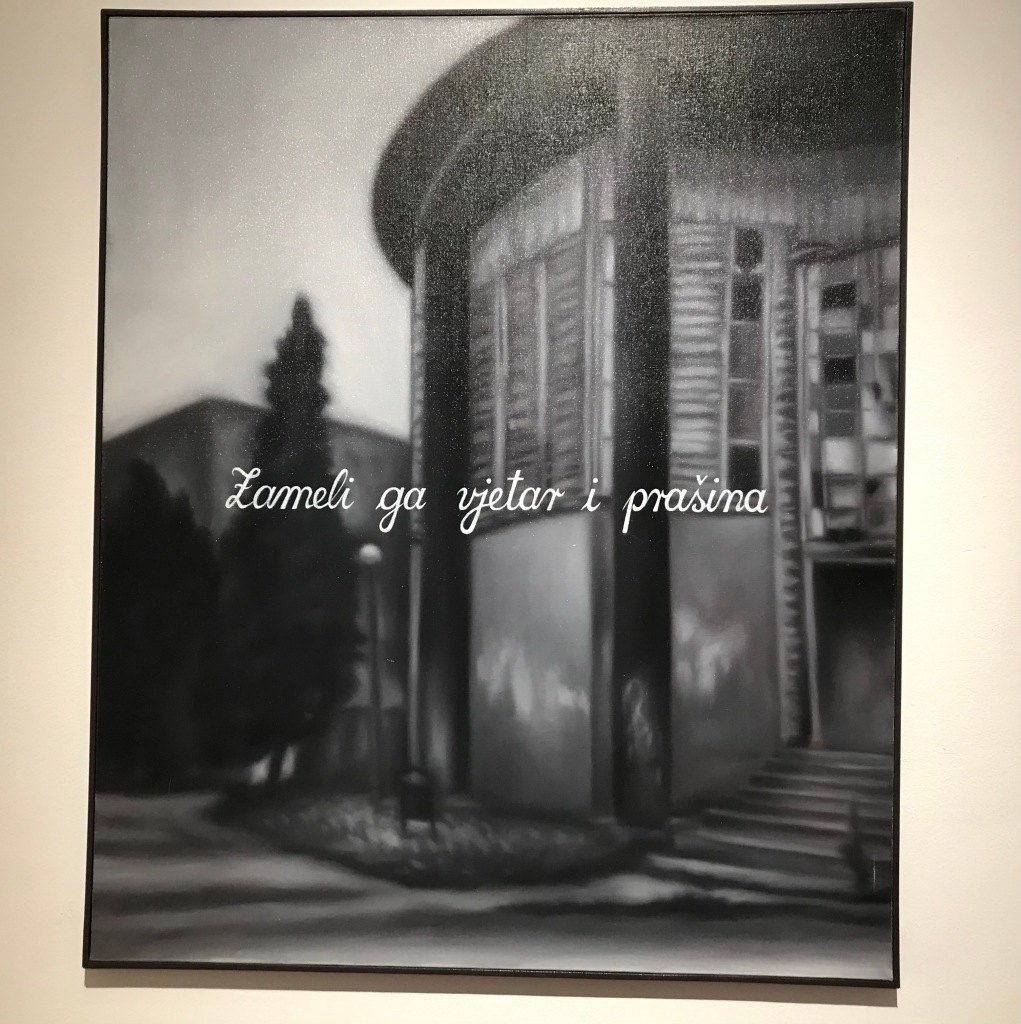
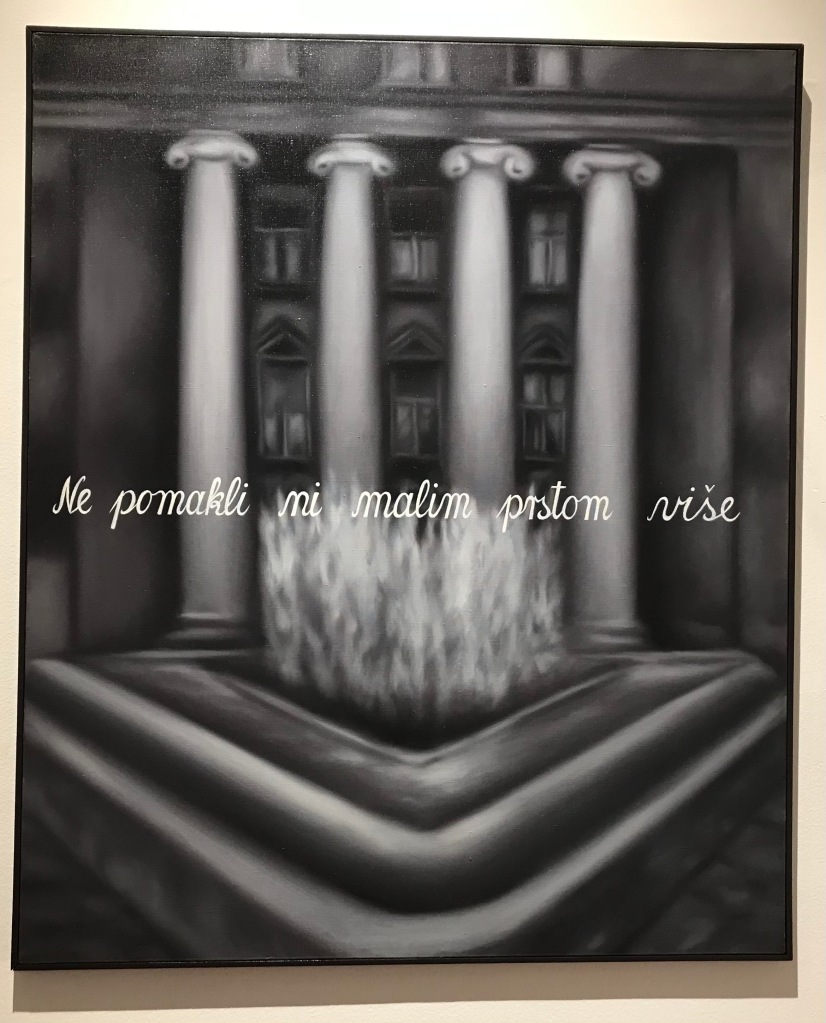
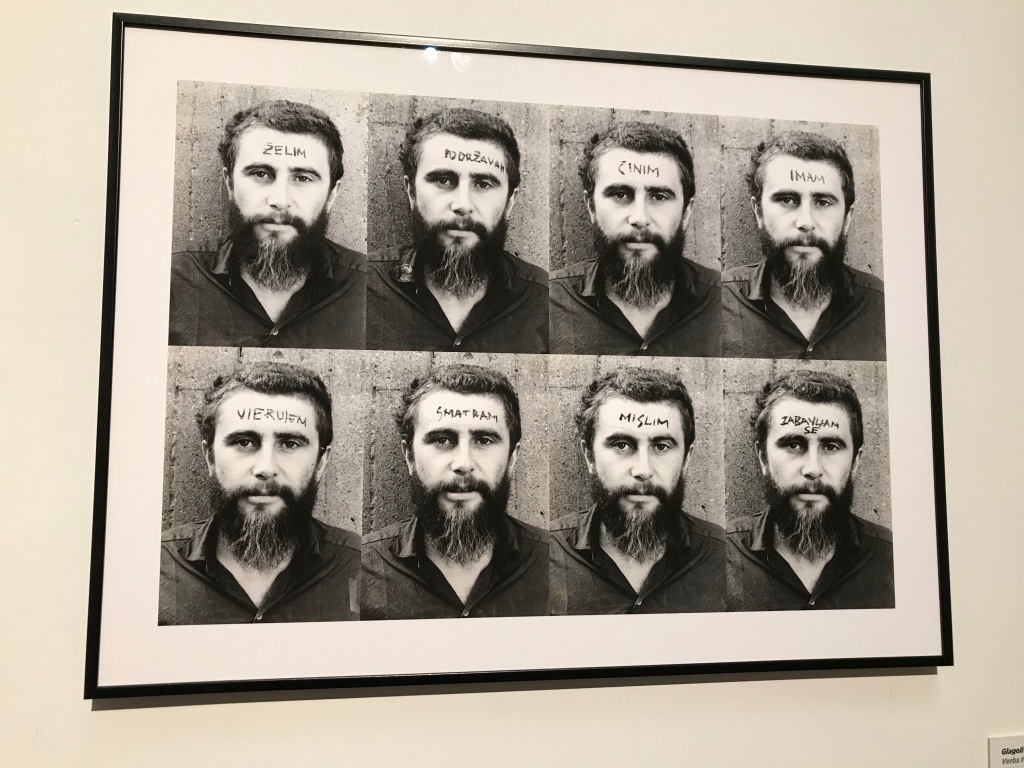
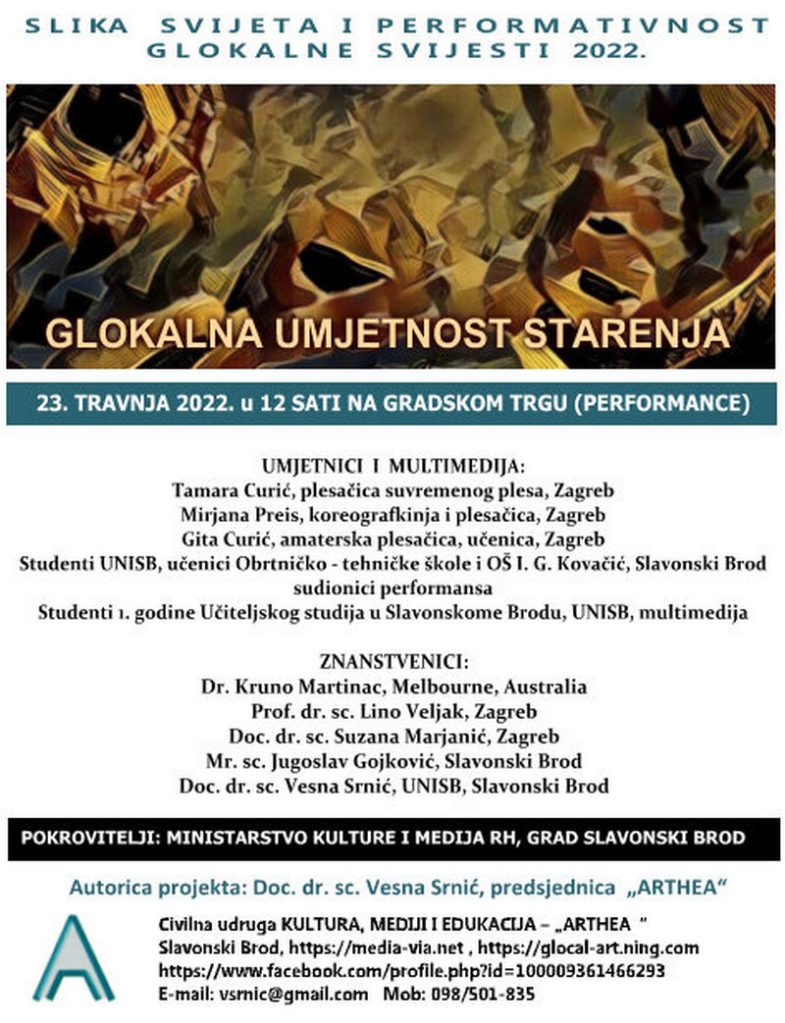

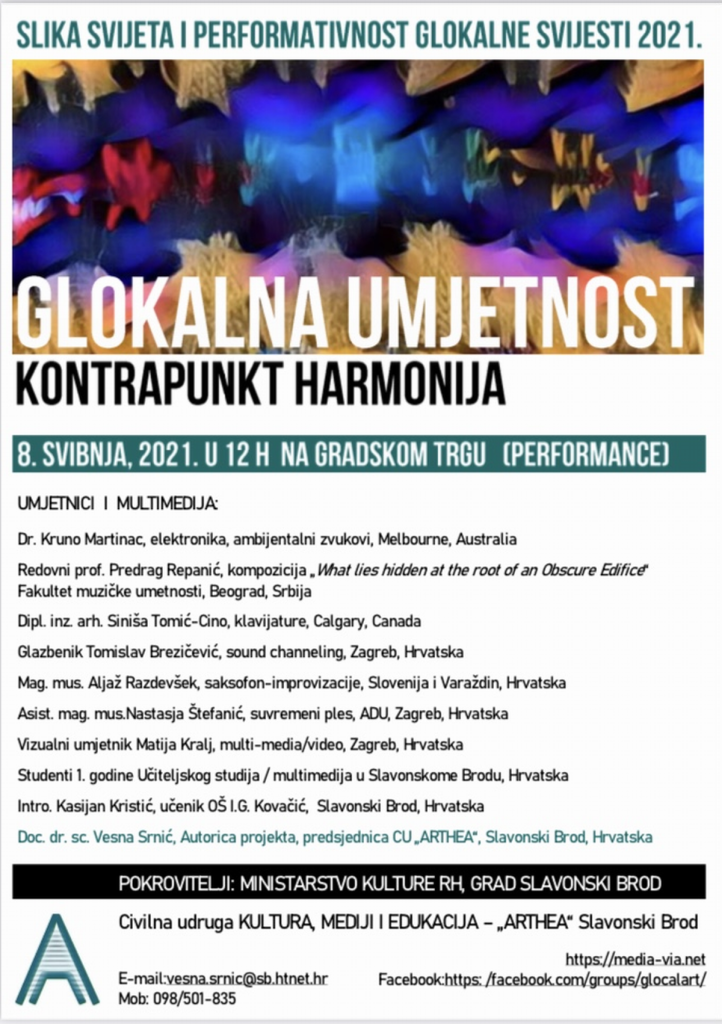

 Abstract
Abstract